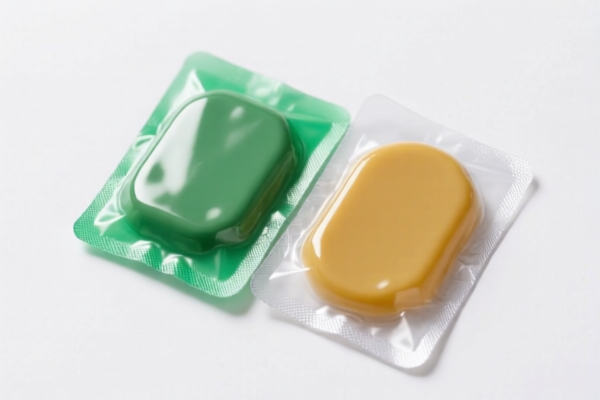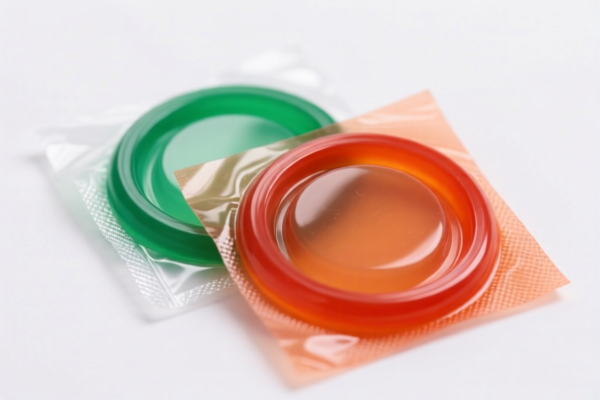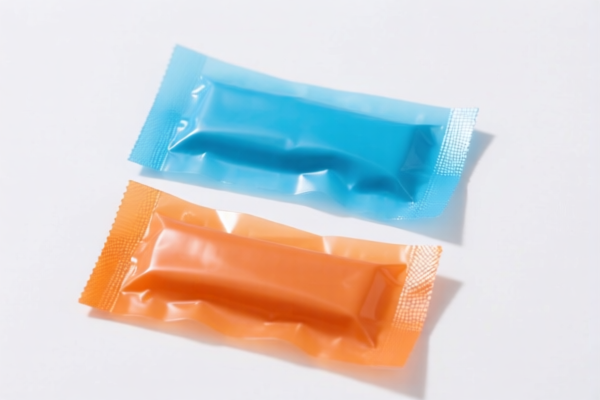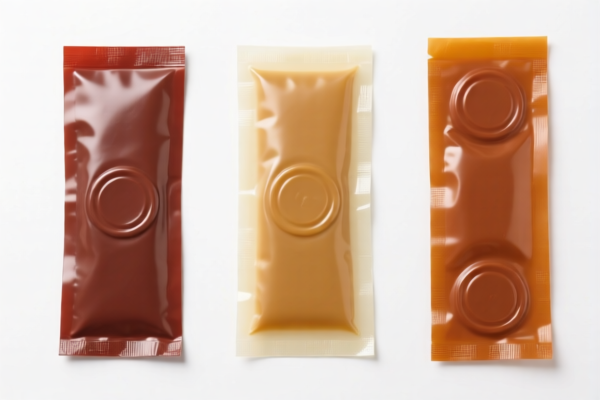| HS Code | Official Doc | Tariff Rate | Origin | Destination | Effective Date |
|---|---|---|---|---|---|
| 3926904510 | Doc | 58.5% | CN | US | 2025-05-12 |
| 3926909989 | Doc | 42.8% | CN | US | 2025-05-12 |
| 3923500000 | Doc | 60.3% | CN | US | 2025-05-12 |
| 4016991500 | Doc | 40.2% | CN | US | 2025-05-12 |
| 4008210000 | Doc | 55.0% | CN | US | 2025-05-12 |
| 4008294000 | Doc | 57.9% | CN | US | 2025-05-12 |
| 8309900090 | Doc | 57.6% | CN | US | 2025-05-12 |
| 8306100000 | Doc | 35.8% | CN | US | 2025-05-12 |
| 8306290000 | Doc | 30.0% | CN | US | 2025-05-12 |




Plastic Seals
Plastic seals are security devices used to indicate tampering or unauthorized access to an item. They are widely employed across various industries for their cost-effectiveness and ease of use.
Material
The primary material is typically polypropylene (PP) or polyethylene (PE). These plastics offer sufficient strength for many applications while remaining relatively inexpensive. Some higher-security seals utilize more robust plastics or incorporate metal components for increased resistance to cutting or breakage. Seal bodies can also be coated or contain UV inhibitors to resist weathering.
Purpose
The core purpose is to provide a visible indication of whether a container, package, or device has been opened or altered since the seal was applied. This is critical for maintaining the integrity of goods during transport, storage, and handling.
Function
Plastic seals function by creating a breakable connection point. Once applied, the seal must be broken to remove it. The design ensures that attempting to remove or re-apply the seal without breaking it is readily apparent. Many seals incorporate unique serial numbers for tracking and identification.
Usage Scenarios
- Transport & Logistics: Securing cargo containers, truck doors, and pallets.
- Retail: Tamper-evident packaging for consumer goods, preventing product substitution.
- Pharmaceuticals: Ensuring the integrity of medication packaging.
- Food & Beverage: Sealing containers to maintain freshness and prevent contamination.
- Utilities: Securing meter covers and access points.
- Banking & Finance: Securing cash bags and evidence containers.
- Government & Law Enforcement: Securing evidence and maintaining chain of custody.
Common Types
- Pull-Tight Seals: These are the most common type. A plastic strap is pulled tight and locked into a base, leaving a visible break if tampered with. Variations include numbered and barcode options.
- Bolt Seals: These offer higher security. A metal bolt is inserted through a plastic body, requiring specialized tools to remove. Commonly used for container doors.
- Cable Seals: Constructed with a flexible plastic-coated steel cable, offering high cut resistance. Ideal for applications requiring longer sealing lengths.
- Valve Seals: Specifically designed for valves and taps, preventing unauthorized access.
- Drum Seals: Designed to secure the lids of drums and barrels.
- Tamper-Evident Bottle Seals: Shrink bands or seals applied to bottle caps and necks, showing visible evidence of opening.
- Flag Seals: Feature a flag or tab that indicates if the seal has been removed.
Plastic seals can be categorized based on their material, use, and function. These seals are typically used for securing packages, containers, or goods to prevent tampering and ensure product integrity. They are commonly found in various industries, including food and beverage, pharmaceuticals, and logistics.
The following HS codes are relevant to plastic seals, based on the provided reference material:
- 3926904510: This HS code falls under Chapter 39, which covers “Other articles of plastics and articles of other materials of headings 3901 to 3914.” Specifically, it relates to “Other: Gaskets, washers and other seals O-Rings.” This code would be applicable if the plastic seals are specifically designed as gaskets, washers, or O-rings for sealing purposes. The total tax rate is 58.5%, comprising a 3.5% base tariff, a 25.0% additional tariff, and a 30.0% additional tariff applicable after April 2, 2025.
- 3926909989: Also under Chapter 39, this code covers “Other articles of plastics and articles of other materials of headings 3901 to 3914: Other: Other.” This is a broader category for plastic seals that do not fall under more specific classifications. The total tax rate is 42.8%, consisting of a 5.3% base tariff and a 7.5% additional tariff, increasing to 30.0% after April 2, 2025.
- 4016991500: This HS code is under Chapter 40, covering “Other articles of vulcanized rubber other than hard rubber: Other: Other: Caps, lids, seals, stoppers and other closures.” If the plastic seals are manufactured from vulcanized rubber (excluding hard rubber) and function as caps, lids, or stoppers, this code may be applicable. The total tax rate is 40.2%, with a 2.7% base tariff and a 7.5% additional tariff, rising to 30.0% after April 2, 2025.
According to the provided reference material, the HS code options related to 'plastic seals' are limited, with only the following 3 found.
Customer Reviews
No reviews yet.